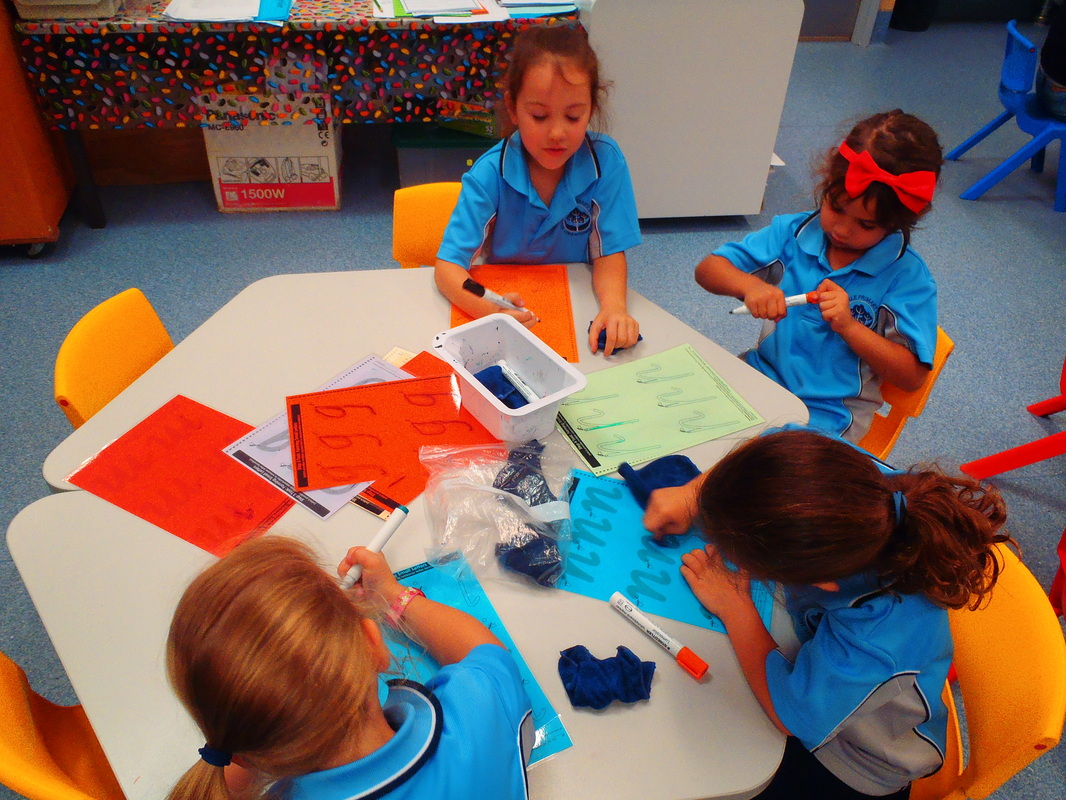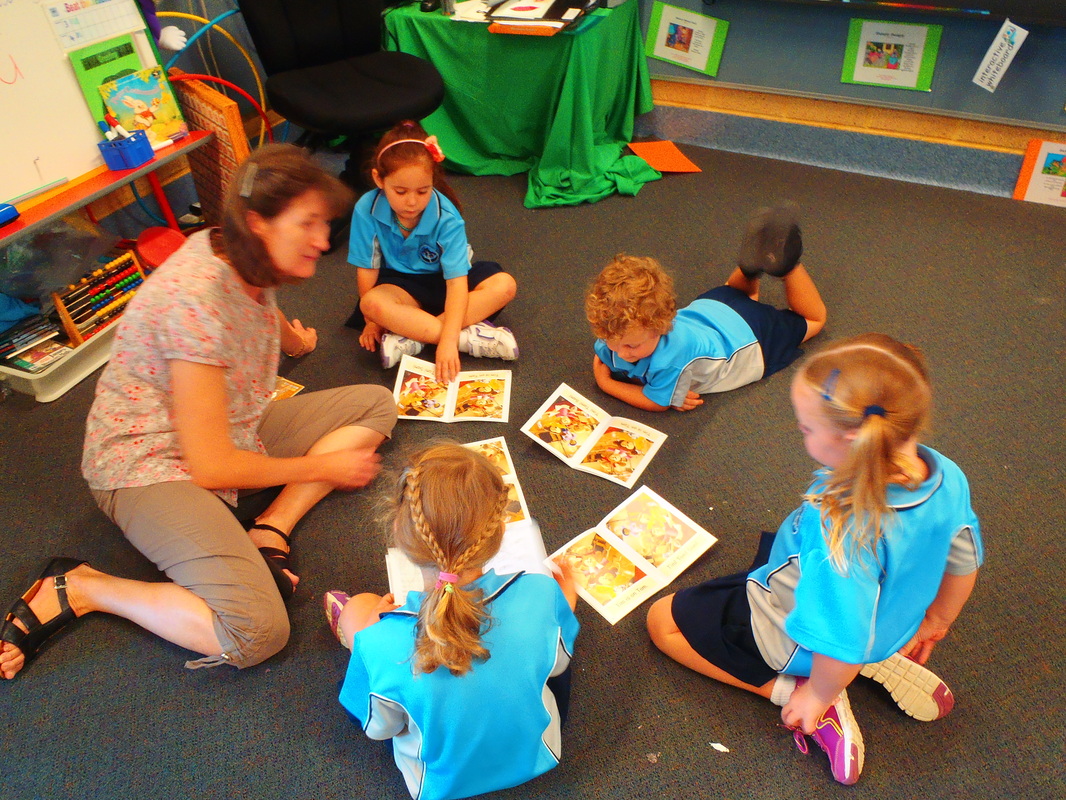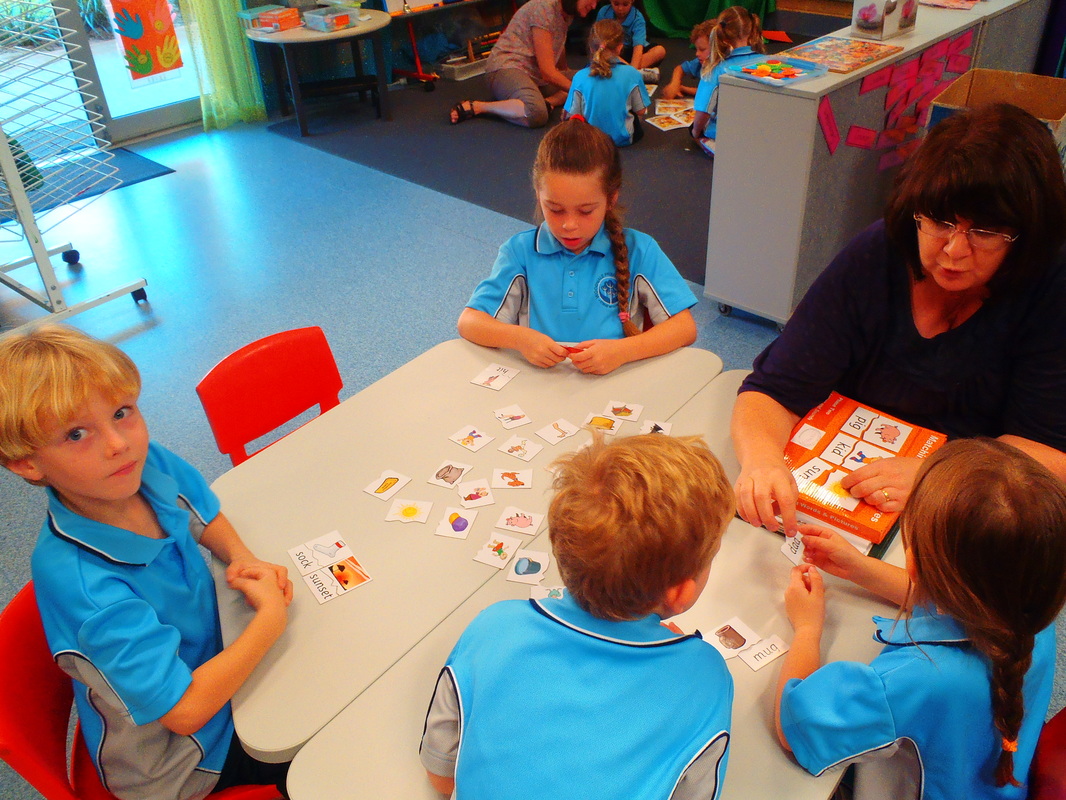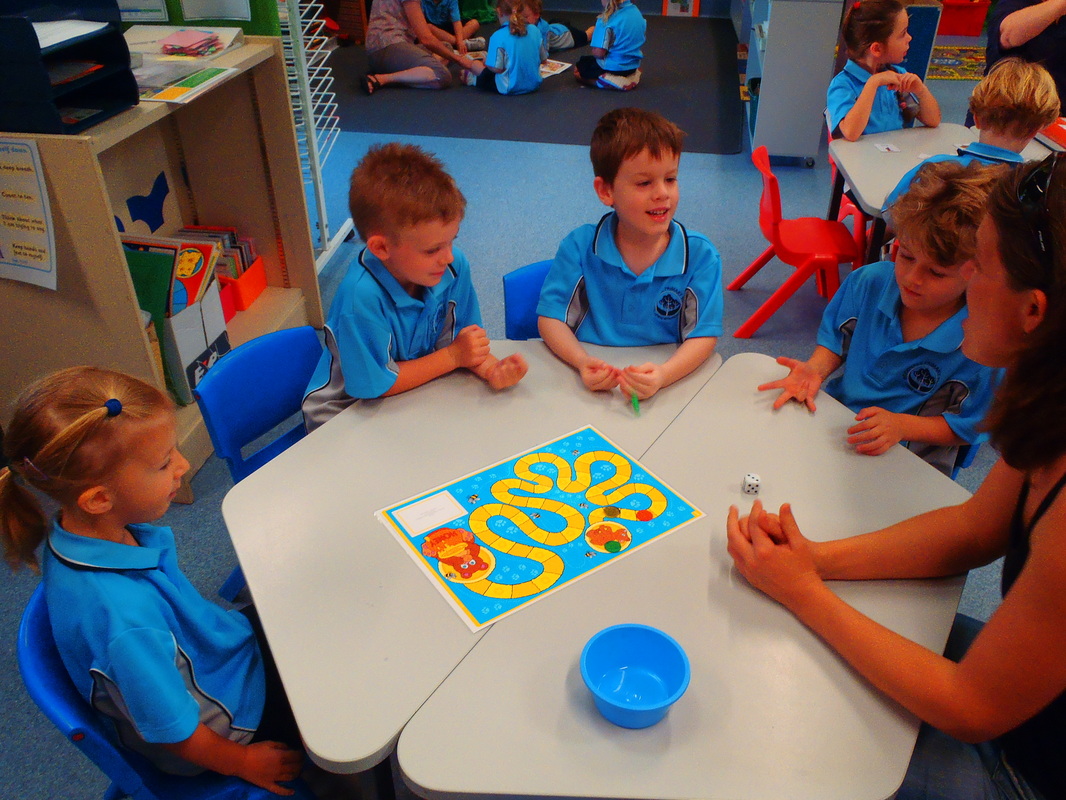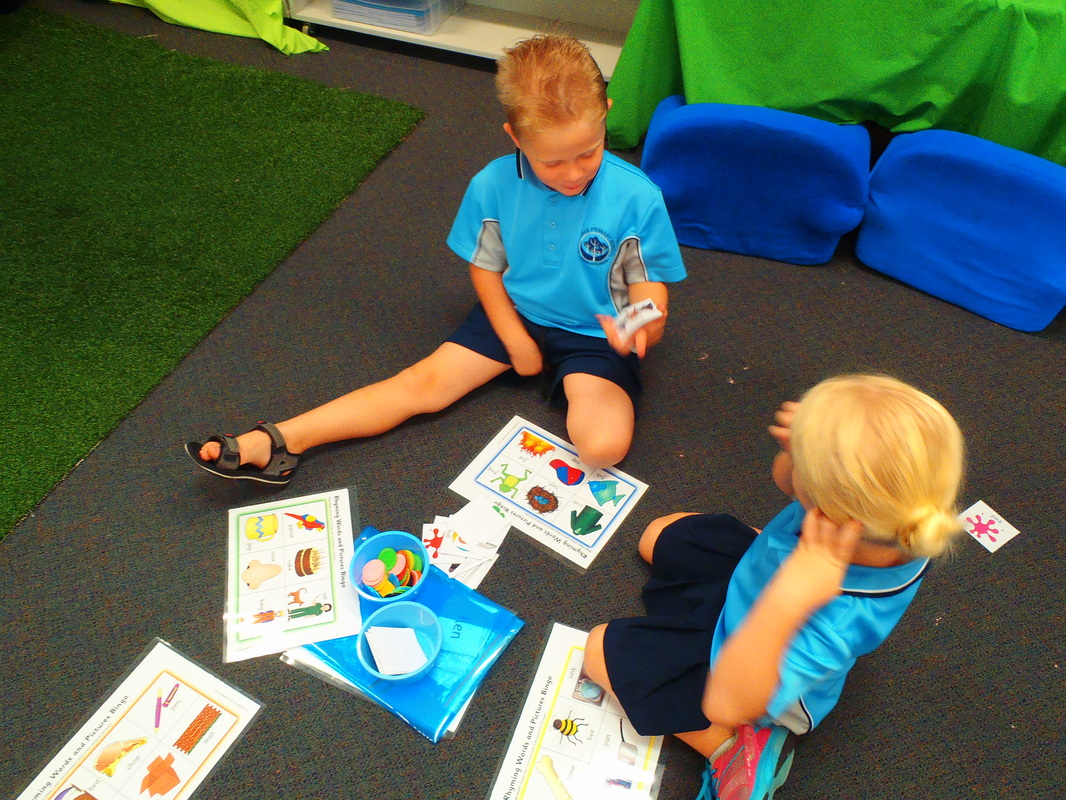
Click here to access song
We hope you had a lovely Easter Break and got spoilt by the Easter Bunny. This week we looked at the Nursery Rhyme, "Once I Caught a Fish Alive". We used hand actions to count up to 10 and practice small finger movements. We then used different tones of voice to sing each verse. When then sequenced the numbers to 10 and revised counting objects 1 to 1 to make the groups of fish. We placed scales on a fish using numbers 11-20 and had to match the number as well as identify the numbers out of order. We continued to look at number stories and the concept of addition and subtraction. When using objects to count you can assist your child by ensuring they organise the equipment, count only one object at a time, recognise the operation they are performing eg. Addition (adding on) or subtracting (taking away). If your child does make an error ask them to check their answer or if their answer is far from the correct result ask them if it sounds correct. Eg. 4+2 do you think that really makes 30? No that’s too many, lets have another try. We used playdough to create numbers using a laminated number outline as well as sequenced numbers using missing number boards. We are incidentally looking at written numbers and played number bingo where the students had to read the written number and match it to the numeral on their board. To assist the students they had a sheet with the words and numbers which they could match and assist them in identifying the correct number.
We linked this concept of being able to write numbers as words and discovered that everything can be written as a word. Some words we can sound out and other words are tricky that we must remember called sight words. We then practiced writing and reading consonant-vowel-consonant words. You can assist your child by developing their auditory skills to hear the individual sounds in words. This skill is referred to as segmenting eg. Dog has d-o-g. This helps your child when sounding out a word for reading. To assist their writing they require a skill called blending where they can sound out the individual letter sounds and are required to blend them together to form a word. Eg. S-i-t makes sit. By practicing oral blending and segmenting at home this will assist your child when they are reading and writing.
We linked this concept of being able to write numbers as words and discovered that everything can be written as a word. Some words we can sound out and other words are tricky that we must remember called sight words. We then practiced writing and reading consonant-vowel-consonant words. You can assist your child by developing their auditory skills to hear the individual sounds in words. This skill is referred to as segmenting eg. Dog has d-o-g. This helps your child when sounding out a word for reading. To assist their writing they require a skill called blending where they can sound out the individual letter sounds and are required to blend them together to form a word. Eg. S-i-t makes sit. By practicing oral blending and segmenting at home this will assist your child when they are reading and writing.
